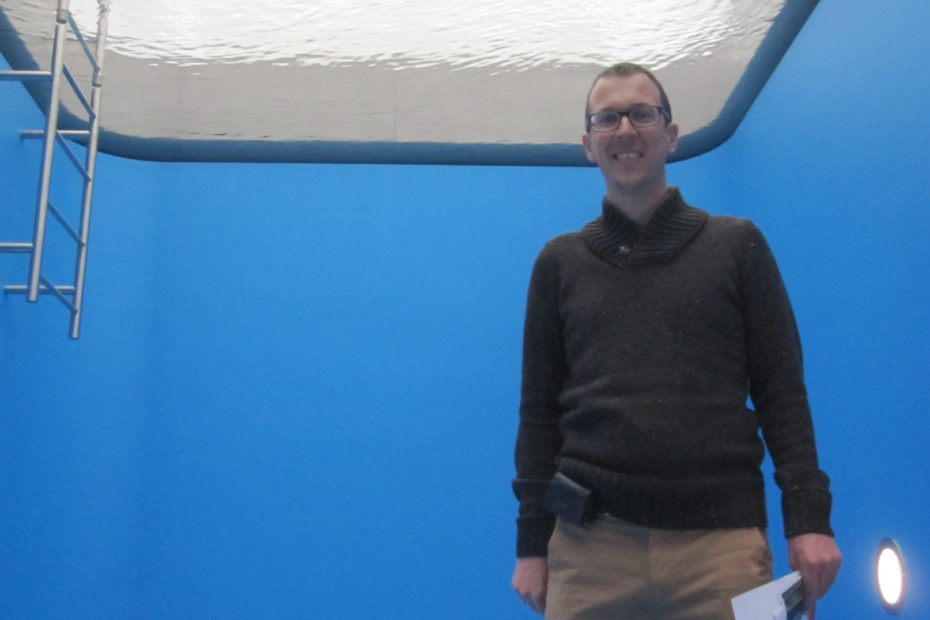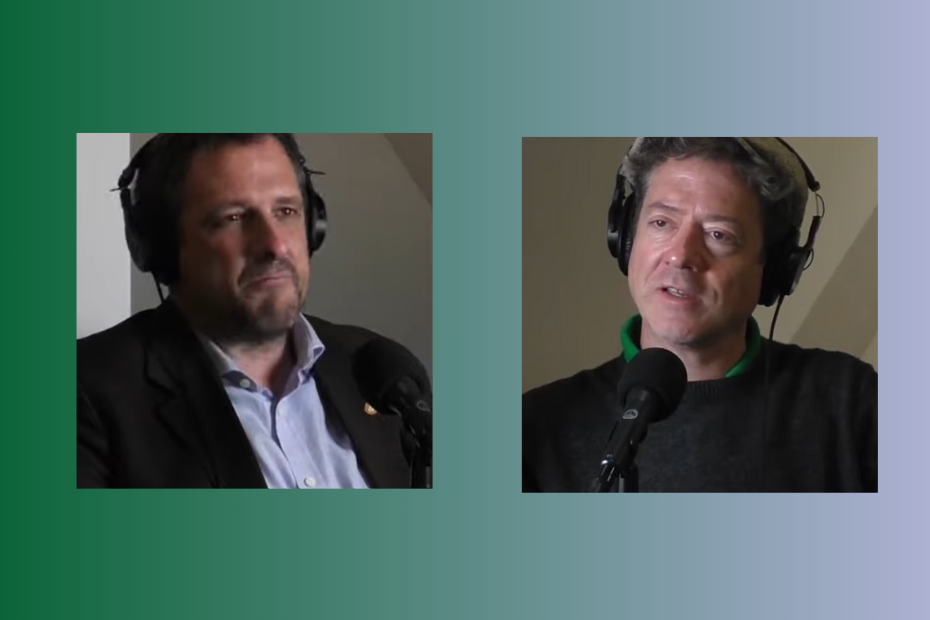Guest Blog by Rutger De Graaf-van Dinther, founder of DeltaSync and Waterpioneer at Blue21 which will be building our Floating Islands in French Polynesia. Rutger’s scientific vision is featured in the seasteading book.

At Blue21 we have published research results after years of study on the BlueRevolution. It shows the potential of floating developments for coastal cities and it was recently published in the Journal of Cleaner Production. It provides scientific evidence that floating production can be at least 130 times as efficient as current land-based production. Below and you find a two-pager with our most important findings and why people should care about it.
How Cities Will Save the Rainforests with Floating Production
Cities use vast areas of agricultural land all over the planet for their energy and food supply. To achieve the Paris climate agreement, even more space is needed to capture all the CO2 that cities produce. By implementing floating algae production systems, cities can find this space and even save huge areas of agricultural land. This is shown by a recent study of Blue21, Rotterdam University of Applied Sciences and TU Delft who evaluated the potential of these systems in two very different coastal cities: Rotterdam and Manila. Rotterdam can save 12 times its own area. For Manila, 74 times the city area in agricultural land can be saved. These particular saved areas do not have to be created by cutting rainforest or cultivating other nature areas. Therefore, if many coastal cities all over the world use floating production, the world’s rainforest can be saved.
Cities: from parasites to solution space
Cities are still huge importers of resources such as food, while they mainly produce waste. Cities also account for 70% off global greenhouse gas emissions. This so-called parasitic metabolism causes various environmental problems such as air and water pollution, CO2 emissions and a high dependency on global networks for critical resources. However all this waste is actually the resource for a new biobased economy. Cities also have the creativity and innovation to create a more circular economy in which local resources are used. This is necessary to reduce their environmental impact, to increase resilience and to reduce their dependence on international networks of resources. A promising solution for cities to become more circular is by using wastewater and CO2 in algae systems to produce biofuel. Algae can fix carbon up to 50 times as fast as land based vegetation. However, in dense urban environments, the space for these systems is often scarce and expensive. In coastal cities the water can provide the space for floating algae systems.
How floating algae systems can make a difference
The study of Dal Bo Zanon et al (2017) published in the Journal of Cleaner Production shows how floating algae systems can change the urban parasitic metabolism. Two very different coastal cities were used as case study: the city of Rotterdam, the Netherlands, as developed coastal city and the city of Manila, the Philippines as rapidly developing coastal city. Figure 1 demonstrates the system. Nutrients from domestic wastewater and CO2 emissions from industries are used in open algae ponds with selective environments to encourage the most productive algae (Mooij et al., 2013). The fats that algae produce are used for biofuel production. The proteins are used to feed fish in so-called aquaponics systems. In these systems, the waste excrements of the fish are used for cultivation of fruits and vegetables. Because food and energy production on the water is much more efficient, space on land is saved and CO2 emissions of the cities are reduced.
Towards circular coastal cities
How much food can floating algae systems produce? The calculation model of Dal Bo Zanon shows that cities can produce a large part of their own food. This is contrary to current practice in which cities import almost everything. By using all waste nutrients, floating algae systems can supply 29% of the total vegetal consumption and 20% of the total protein consumption of the city of Rotterdam. For Manila, floating algae systems can provide 22% of the city’s vegetal consumption and 37% of the total protein consumption. Moreover, the model shows that floating production in Rotterdam can be at least 130 times as efficient as land based agriculture. For Manila, the efficiency is even better: to achieve the same food production on land, 189 times as much space would be needed.

Figure 1. How CO2 and wastewater can be productively used by cities (Source: Blue21/ Dal Bo Zanon et al., 2017)
Next steps
Now we have proved the benefits of floating production systems on paper, we want to demonstrate it in practice. The next step is the design and realization of a real-time monitored floating production pilot project to recycle wastewater and CO2 and produce energy and food. For this purpose we are looking for coastal cities all over the world to build the pilot and help them to become more resilient for climate change.
More information
The full study can be downloaded at: http://www.blue21.nl/wp-content/uploads/2017/03/Journal-of-Cleaner-Production.pdf
Acknowledgements Funding for this study or preliminary studies was provided by Centre of Expertise Deltatechnology, Topsector Water, Municipality of Rotterdam and Blue21. Literature Dal Bo Zanon, B, Roeffen, B, Czapiewska, De Graaf-Van Dinther, R.E.; and Mooij, P.R. (2017) Potential of floating production for delta and coastal cities. Journal of Cleaner Production 151, 10-20 Mooij, P.R., Stouten, G.R., Tamis, J., van Loosdrecht, M.C.M., Kleerebezem, R. (2013) Survival of the fattest. Energy Environ. Sci. 6, 3404–3406. doi:10.1039/c3ee42912a

